lyme disease

Biofilms – Version 8.0
Biofilms - Version 8.0 is based on decades of research and has over 1200 biofilm frequency sets.
0 Reviews
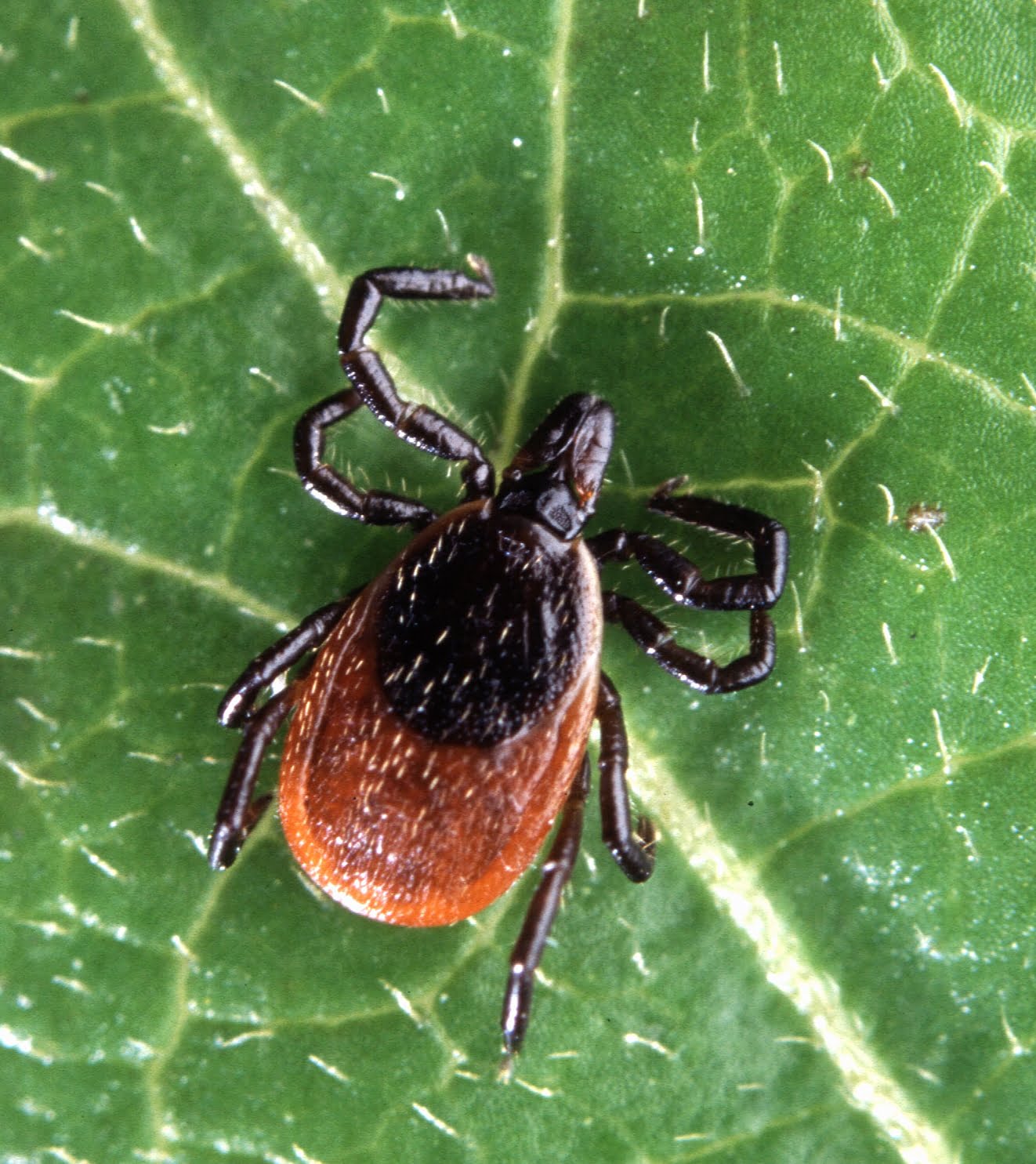
Borrelia Miyamotoi Version 1.1
Researchers have identified a tick-borne illness that is very similar to Lyme, caused by Borrelia miyamotoi (B. miyamotoi). The CDC22 describes B.
0 Reviews
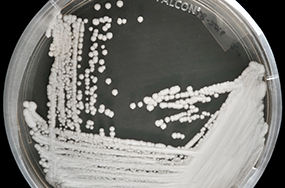
Candida Auris Version 1.0 (superbug)
Candida auris is so tenacious, in part, because it is impervious to major antifungal medications, making it a new example of one of the world’s most intractable health threats: the rise of drug-resistant infections.
0 Reviews
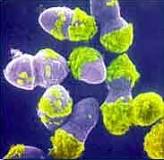
Enterococcus Faecium Version 1.0
Enterococcus faecium is a Gram-positive, alpha-hemolytic or non-hemolytic bacterium in the genus Enterococcus.[1] It can be commensal(innocuous, coexisting organism) in the gastrointestinal tract of humans and animals,[2] but it may also be pathogenic, causing diseases such as neonatal meningitis or endocarditis.
0 Reviews
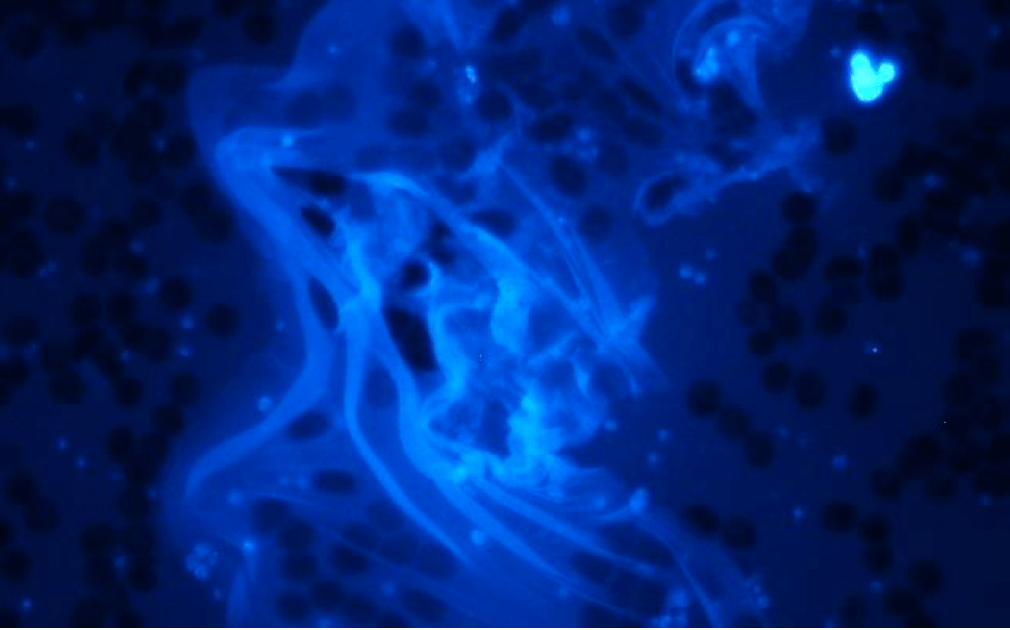
FL1953 – Protomyxzoa rheumatica – Funneliformis mosseae Version 1.5
Image from Fry, S. Medical Research Archives, vol. 5, issue 12, December 2017
A fungus is the most debilitating coinfection in Lyme disease.
0 Reviews
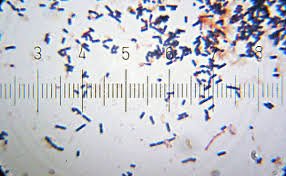
Lactobacillus Acidophilus Version 1.0
Lactobacillus Acidophilus is generally considered a healthful bacteria. However the Hunter 4025 will flag overgrowth which causes intestinal problems.
0 Reviews
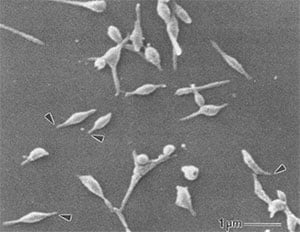
Mycoplasma and Ureaplasma Version 2.0
Mycoplasma are common coinfections in Lyme disease. They are very small bacteria without cell walls, hard to detect, and difficult to eliminate.
0 Reviews
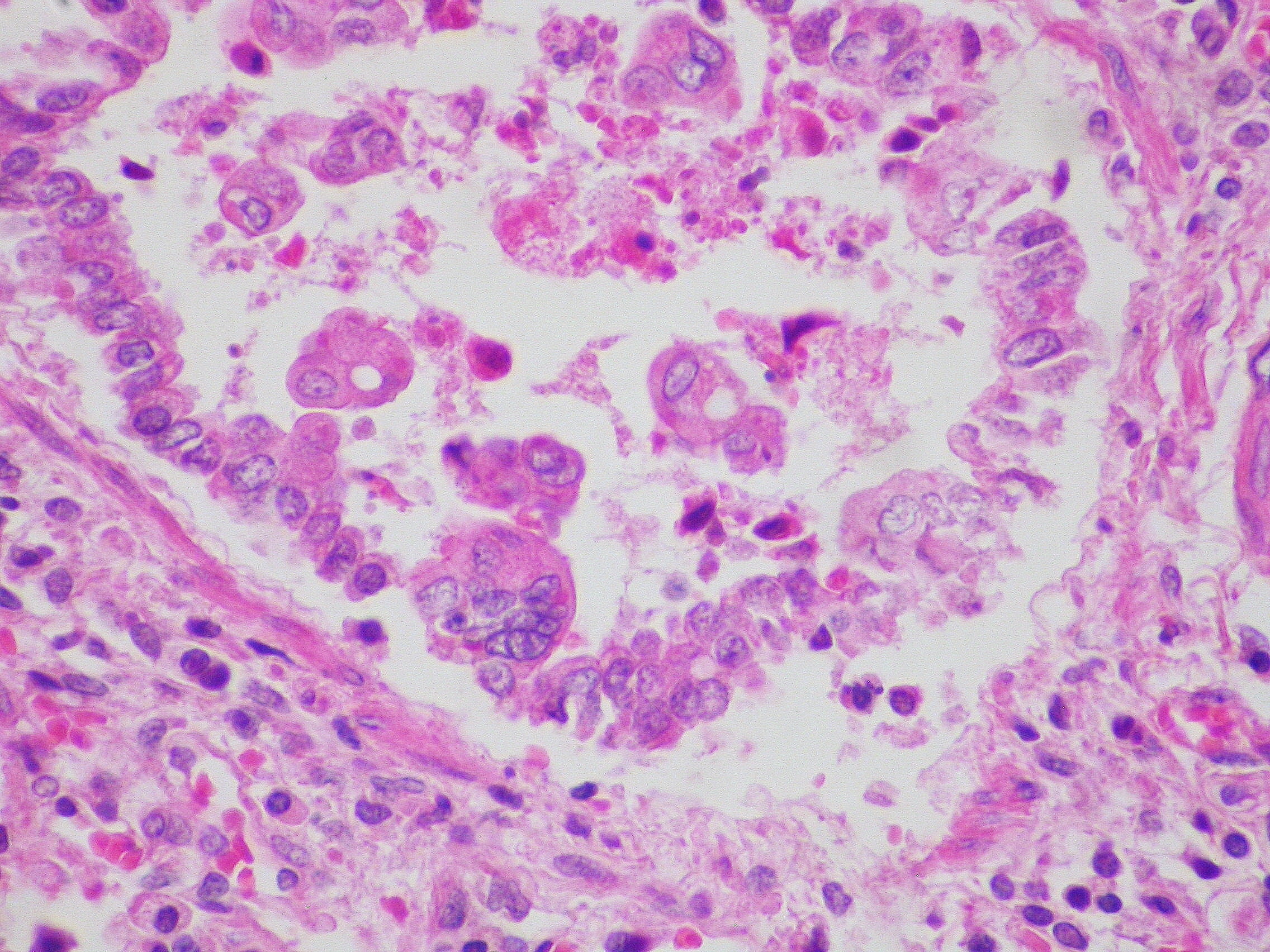
Respiratory Synctial Virus Version 1.0
Respiratory syncytial virus, or RSV, is a common respiratory virus that usually causes mild, cold-like symptoms.
0 Reviews
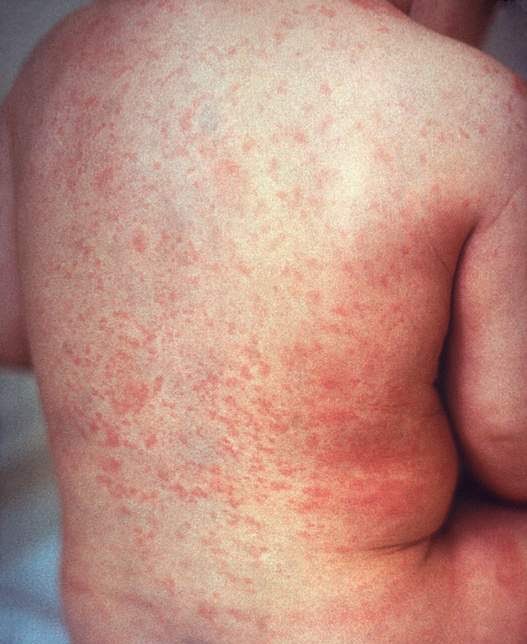
Rubella (german measles) Version 1.1
Rubella, also known as German measles or three-day measles,[5] is an infection caused by the rubella virus.[3] This disease is often mild with half of people not realizing that they are infected.[1][6] A rash may start around two weeks after exposure and last for three days.[1]
0 Reviews